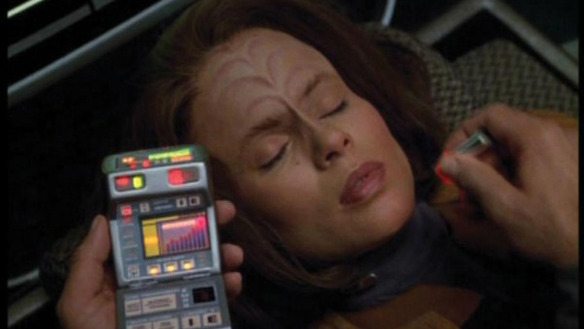Waverunner
Senior Member
- Messages
- 1,079
Some good things are happening at the moment.
http://www.sciencedaily.com/releases/2013/06/130604113959.htm
As antiretroviral drugs that treat HIV have become more commonplace, the incidence of Kaposi's sarcoma, a type of cancer linked to AIDS, has decreased in the United States. The disease, however, remains prevalent in sub-Saharan Africa, where poor access to medical care and lab tests only compound the problem. Now, Cornell University engineers have created a new smartphone-based system, consisting of a plug-in optical accessory and disposable microfluidic chips, for in-the-field detection of the herpes virus that causes Kaposi's. "The accessory provides an ultraportable way to determine whether or not viral DNA is present in a sample," says mechanical engineer David Erickson, who developed the technique along with his graduate student, biomedical engineer Matthew Mancuso. The technique could also be adapted for use in detecting a range of other conditions, from E. coli infections to hepatitis.
Mancuso will describe the work at the Conference on Lasers and Electro Optics (CLEO: 2013), taking place June 9-14 in San Jose, Calif.
...
The main advantage of the system compared to previous Kaposi's detection methods is that users can diagnose the condition with little training. "Expert knowledge is required for almost every other means of detecting Kaposi's sarcoma," Mancuso says. "This system doesn't require that level of expertise."
Erickson and Mancuso are now collaborating with experts on Kaposi's at New York City's Weill Cornell Medical College to create a portable system for collecting, testing, and diagnosing samples that could be available for use in the developing world by next year. The team's start-up company, vitaMe Technologies, is commercializing similar smartphone diagnostic technologies for domestic use.
Detecting Kaposi's sarcoma is not the only goal, Mancuso says. "Nanoparticle assays similar to the one used in our work can target DNA from many different diseases," such as methicillin-resistant Staphylococcus aureus (MRSA), a bacterium responsible for several difficult-to-treat infections in humans, and syphilis. The smartphone reader could also work with other color-changing reactions, such as the popular enzyme-linked immunosorbent assays (ELISA), a common tool in medicine to test for HIV, hepatitis, food allergens, and E. coli. The lab also has created smartphone accessories for use with the color-changing strips in pH and urine assays. "These accessories could form the basis of a simple, at-home, personal biofluid health monitor," Mancuso says.
http://www.sciencedaily.com/releases/2013/06/130604113959.htm
As antiretroviral drugs that treat HIV have become more commonplace, the incidence of Kaposi's sarcoma, a type of cancer linked to AIDS, has decreased in the United States. The disease, however, remains prevalent in sub-Saharan Africa, where poor access to medical care and lab tests only compound the problem. Now, Cornell University engineers have created a new smartphone-based system, consisting of a plug-in optical accessory and disposable microfluidic chips, for in-the-field detection of the herpes virus that causes Kaposi's. "The accessory provides an ultraportable way to determine whether or not viral DNA is present in a sample," says mechanical engineer David Erickson, who developed the technique along with his graduate student, biomedical engineer Matthew Mancuso. The technique could also be adapted for use in detecting a range of other conditions, from E. coli infections to hepatitis.
Mancuso will describe the work at the Conference on Lasers and Electro Optics (CLEO: 2013), taking place June 9-14 in San Jose, Calif.
...
The main advantage of the system compared to previous Kaposi's detection methods is that users can diagnose the condition with little training. "Expert knowledge is required for almost every other means of detecting Kaposi's sarcoma," Mancuso says. "This system doesn't require that level of expertise."
Erickson and Mancuso are now collaborating with experts on Kaposi's at New York City's Weill Cornell Medical College to create a portable system for collecting, testing, and diagnosing samples that could be available for use in the developing world by next year. The team's start-up company, vitaMe Technologies, is commercializing similar smartphone diagnostic technologies for domestic use.
Detecting Kaposi's sarcoma is not the only goal, Mancuso says. "Nanoparticle assays similar to the one used in our work can target DNA from many different diseases," such as methicillin-resistant Staphylococcus aureus (MRSA), a bacterium responsible for several difficult-to-treat infections in humans, and syphilis. The smartphone reader could also work with other color-changing reactions, such as the popular enzyme-linked immunosorbent assays (ELISA), a common tool in medicine to test for HIV, hepatitis, food allergens, and E. coli. The lab also has created smartphone accessories for use with the color-changing strips in pH and urine assays. "These accessories could form the basis of a simple, at-home, personal biofluid health monitor," Mancuso says.

